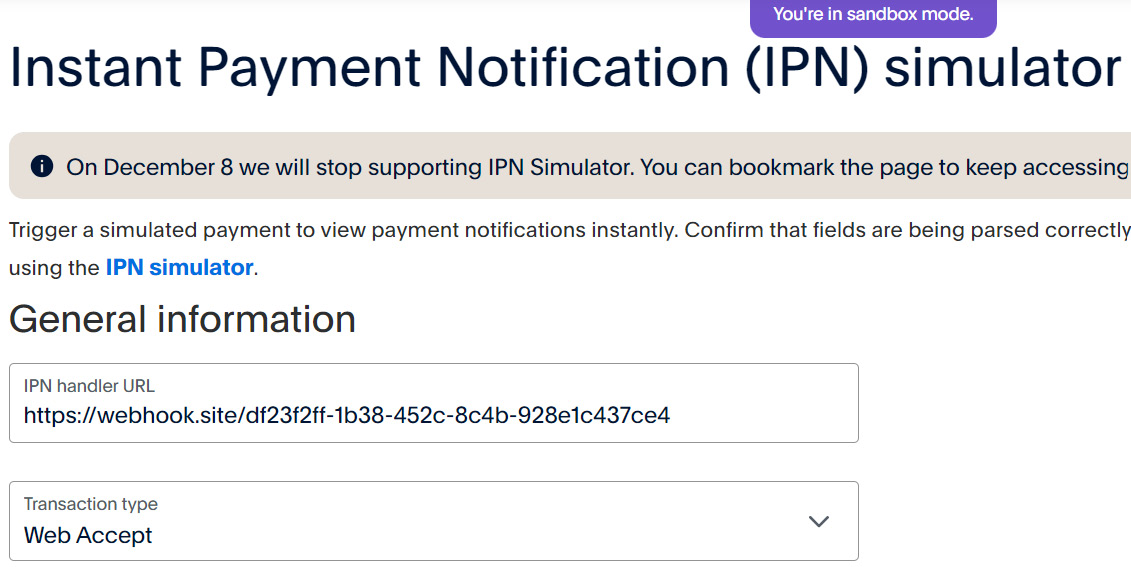Project 2 – Rent Out Your Parking Space
In this chapter, we will complete another exciting project that explores the intersection of technology, convenience, and practicality. Our mission is to create a prototype to rent out your parking space, with the help of an ESP32 microcontroller and the versatile PayPal API.
The concept of renting out your parking space might seem simple, but it’s a brilliant example of how IoT and APIs can be harnessed to streamline everyday tasks and even generate income. This project not only serves as a prototype but also lays the foundation for a real-world application that can benefit both parking space owners and those in need of parking.
In this chapter, we will dive into the details of interfacing the ESP32 with the parking space, setting up a payment system using the PayPal API, and creating a seamless user experience for potential renters. We will explore the technical aspects of monitoring parking availability, accepting payments...





